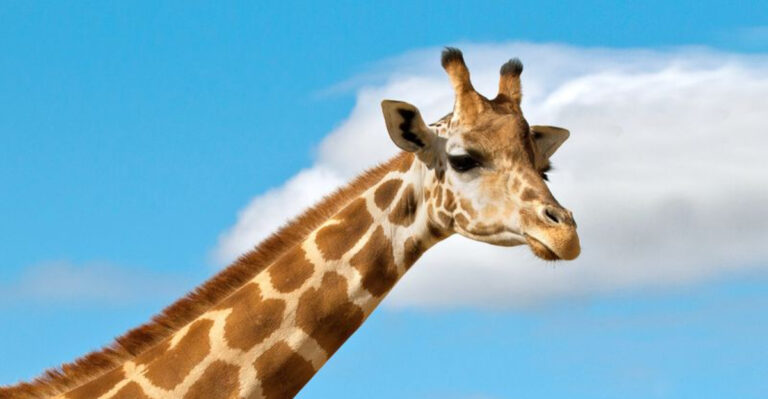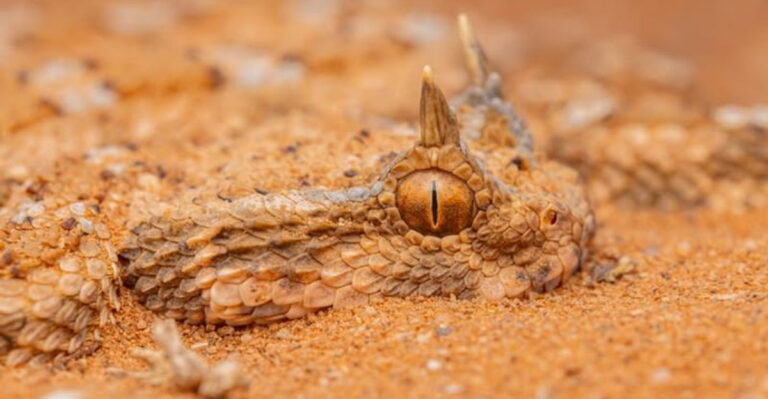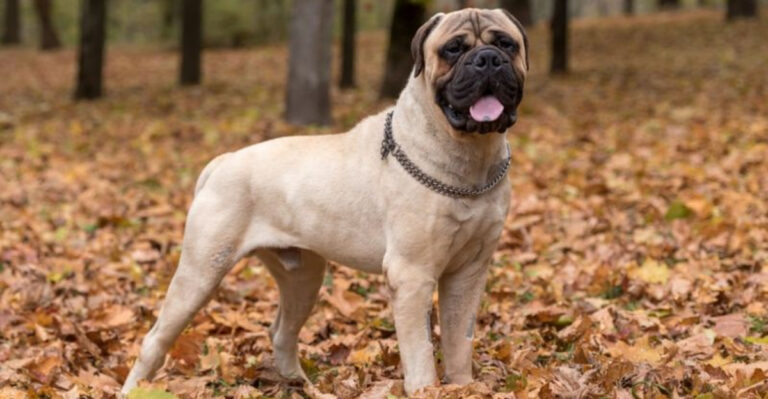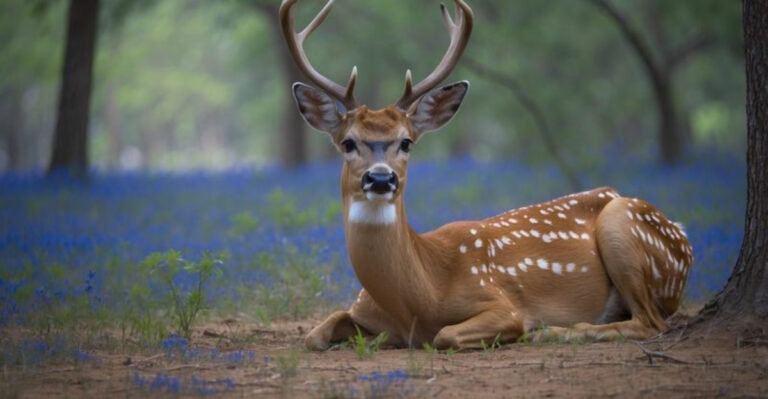12 Animals That Date Back To The Age Of Dinosaurs
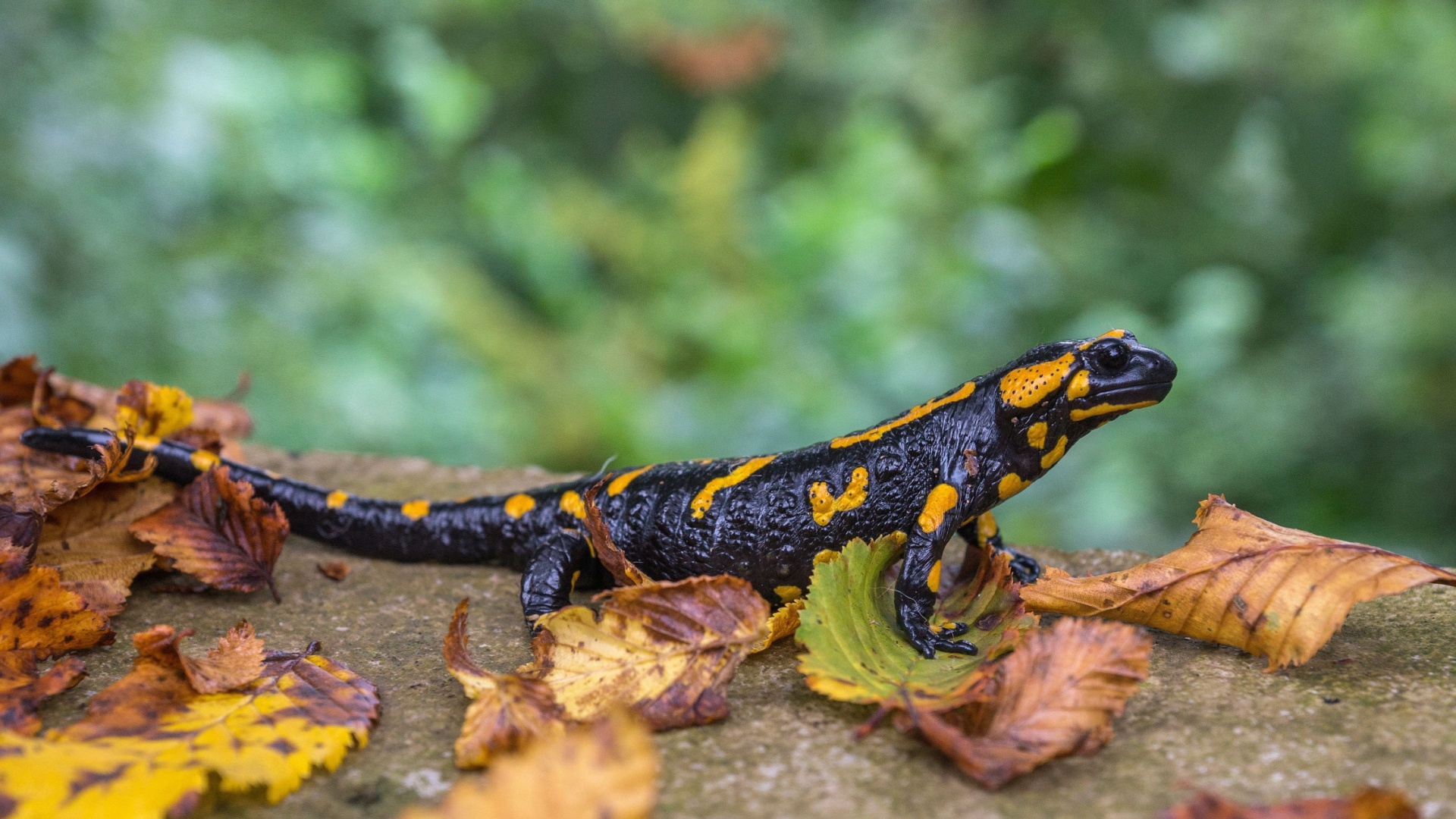
Long before humans walked the Earth, some of today’s animals were already thriving in prehistoric ecosystems. These ancient survivors have been around since the age of dinosaurs and still exist today – barely changed by time.
With unique adaptations and incredible resilience, they’ve witnessed mass extinctions and shifting continents. Let’s take a closer look at the creatures that have truly stood the test of time.
1. Jellyfish
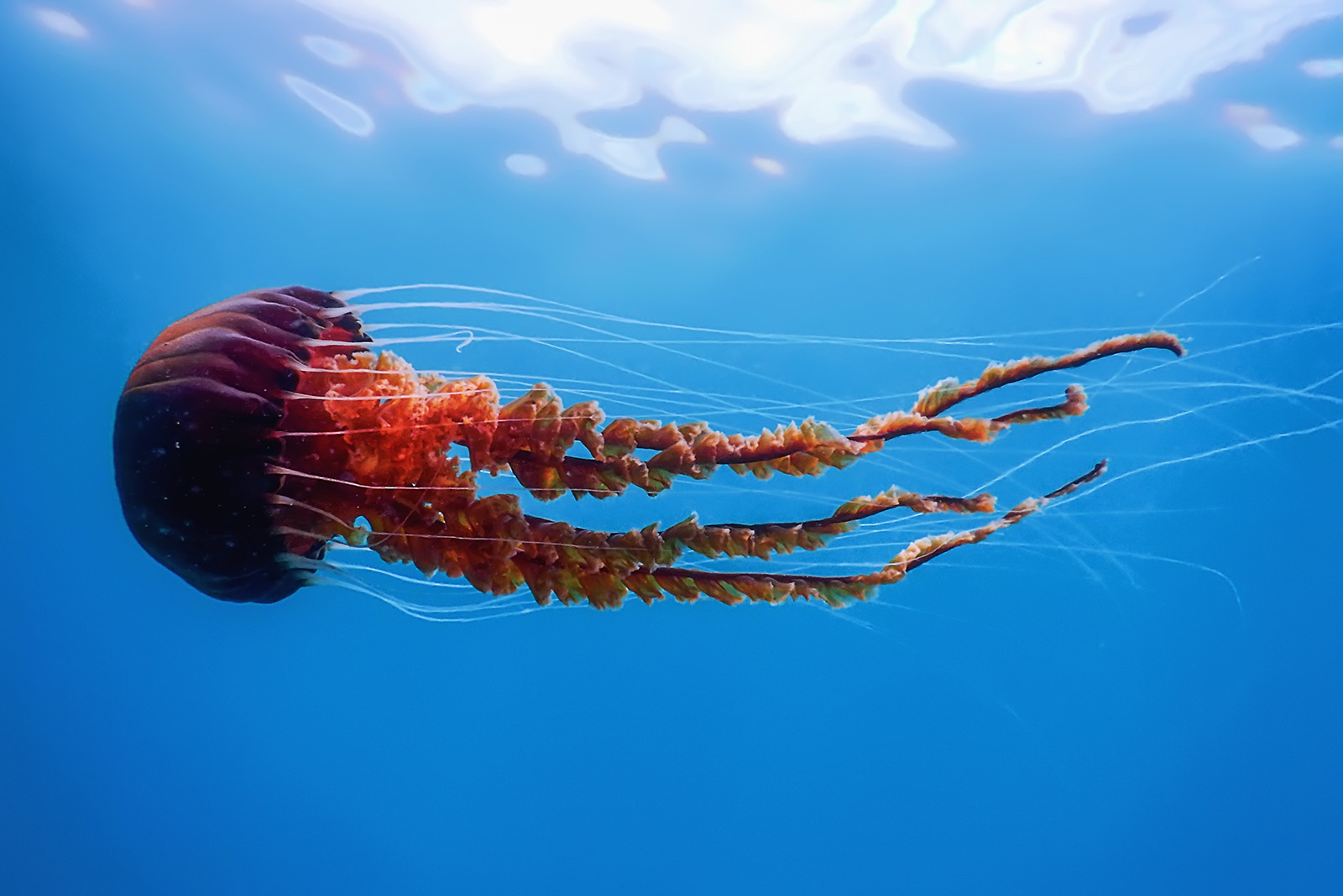
A creature that has been floating around for more than 500 million years! No brain, no heart, no problem! True minimalist monks, if you ask me!
Besides outliving dinosaurs, there’s so many cool things about jellyfish we don’t talk about!
For example, did you ever hear about the immortal jellyfish? When they’re stressed, they essentially throw a toddler tantrum – they revert to its juvenile stage and hit what you can call a biological reset button!
2. Horseshoe Crab
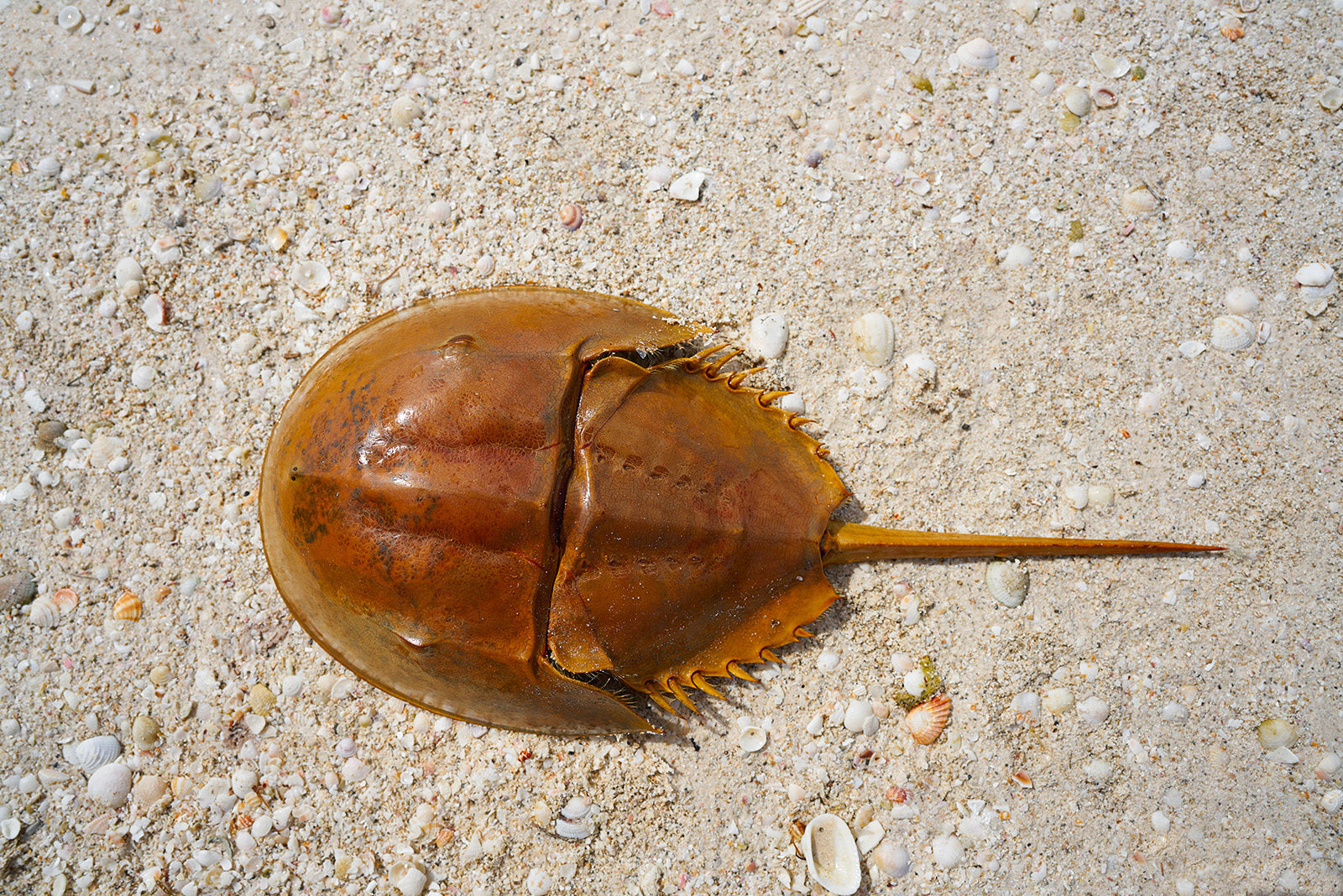
The horseshoe crab is a whole legend! You know how long they’ve been here? The last 450 million years! And guess what? They are whole armored tanks that have seen the rise and fall of empires long before humans even scribbled on cave walls.
They got some spooky blue blood which might remind you of Avatar characters, but a fun fact: it is often used in medical testing!
With 10 eyes (yes you heard right, 10!) they would make perfect sidekicks for a Marvel superhero. Sharp eyes, tough armor, and a timeless backstory!
3. Nautilus
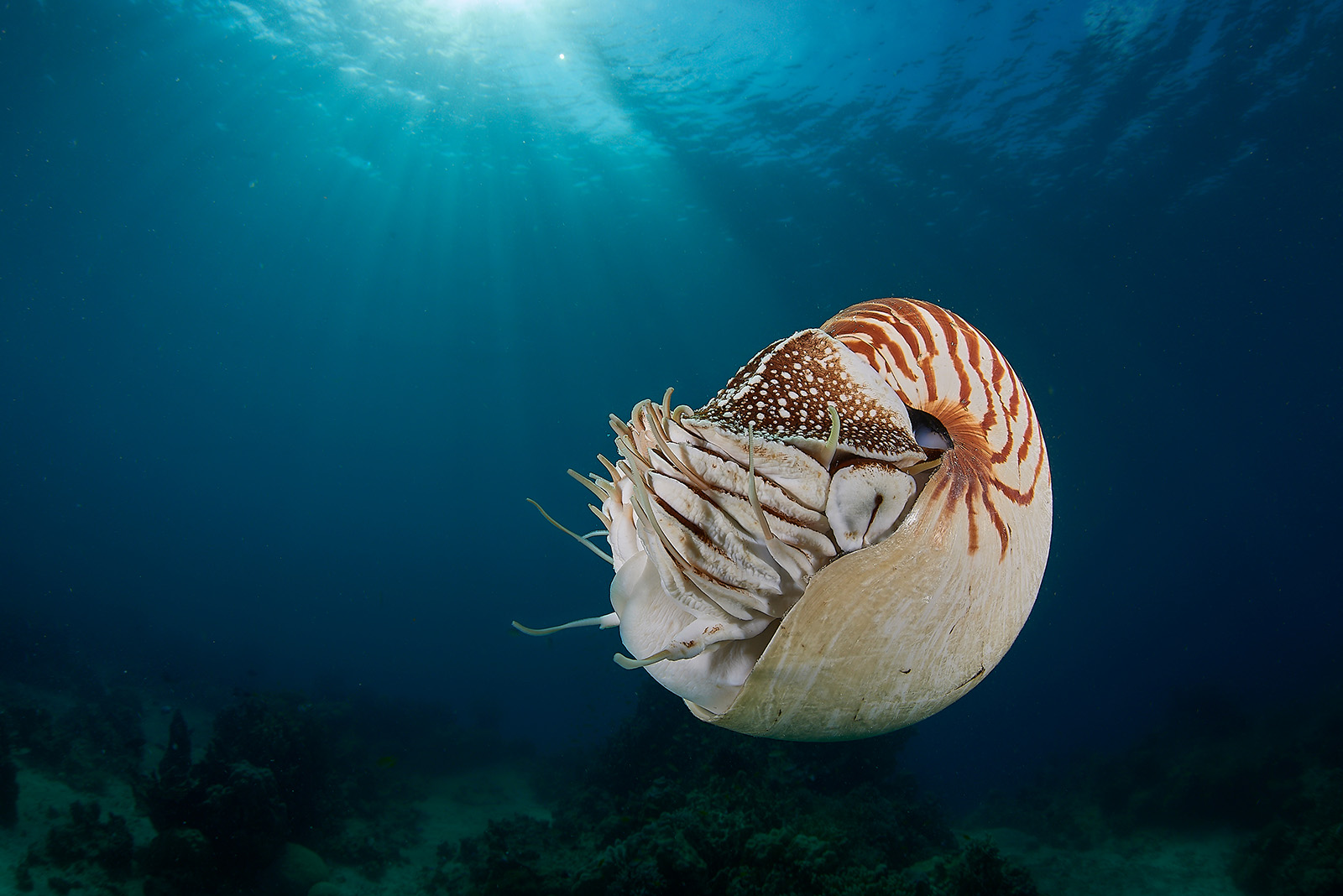
The spiraled shell on these guys is a true relic of nature! They are, first of all, absolutely stunning, and second of all, legendary! This species has shined and impressed with that swirly shell for quite a long time! 500 million years, to be specific! That’s twice as long as the dinos reigned!
What makes them fascinating besides the fact that they’ve been around so long? They use jet propulsion to zip through water with a bunch of tentacles! Like a steampunk cousin of today’s squids and octopuses.
4. Sturgeon
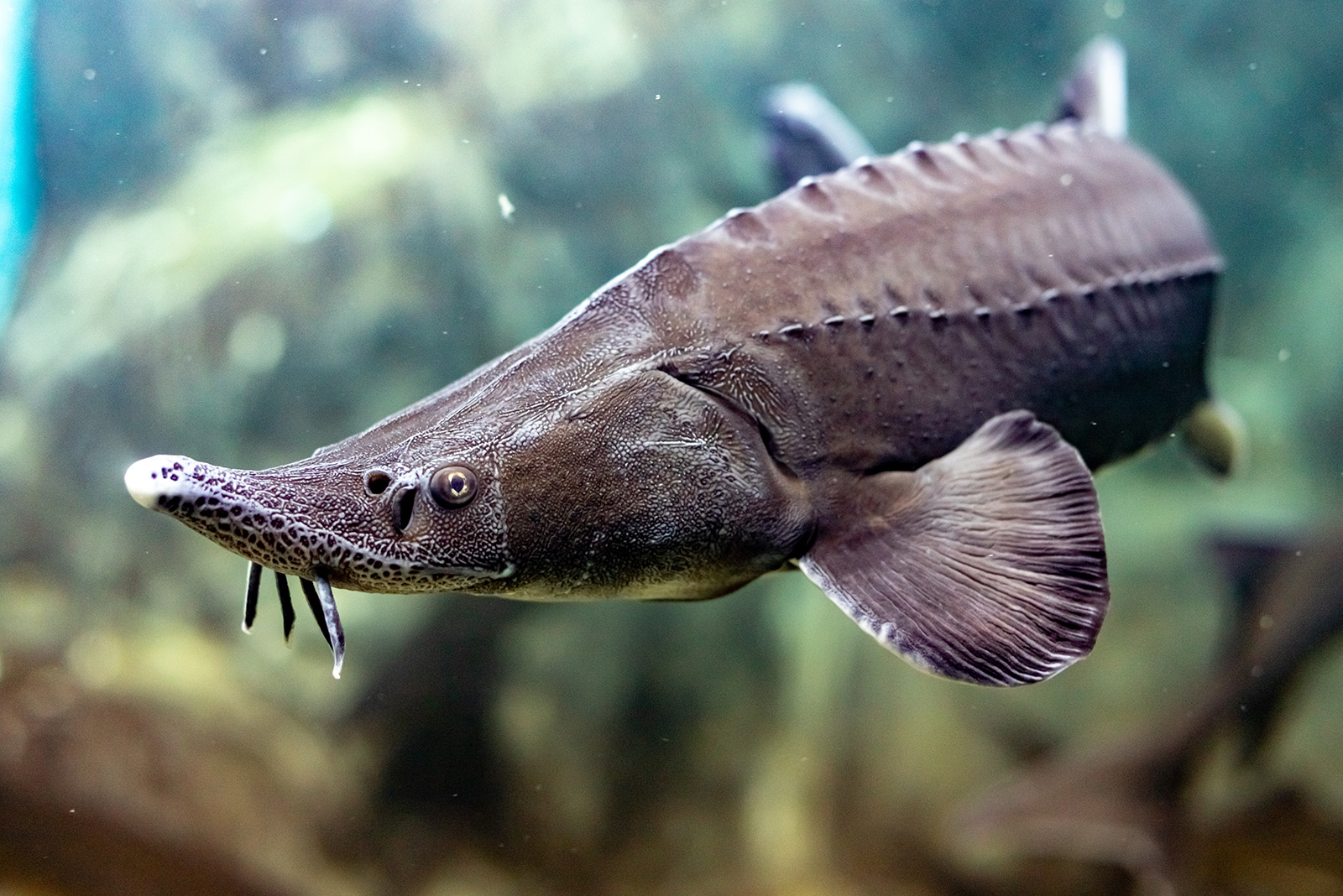
Their story dates back 200 million years! They look like armored knights from the Middle Ages, swimming away in rivers with scaly glee. But what’s their claim to fame?
Besides being a prehistoric survivor, they also produce caviar! So, you could say they are the bougiest ancient fish ever. Their reputation might fool you, though. They are not small and elegant fish at all – they can grow over 18 feet long!
5. Crocodile
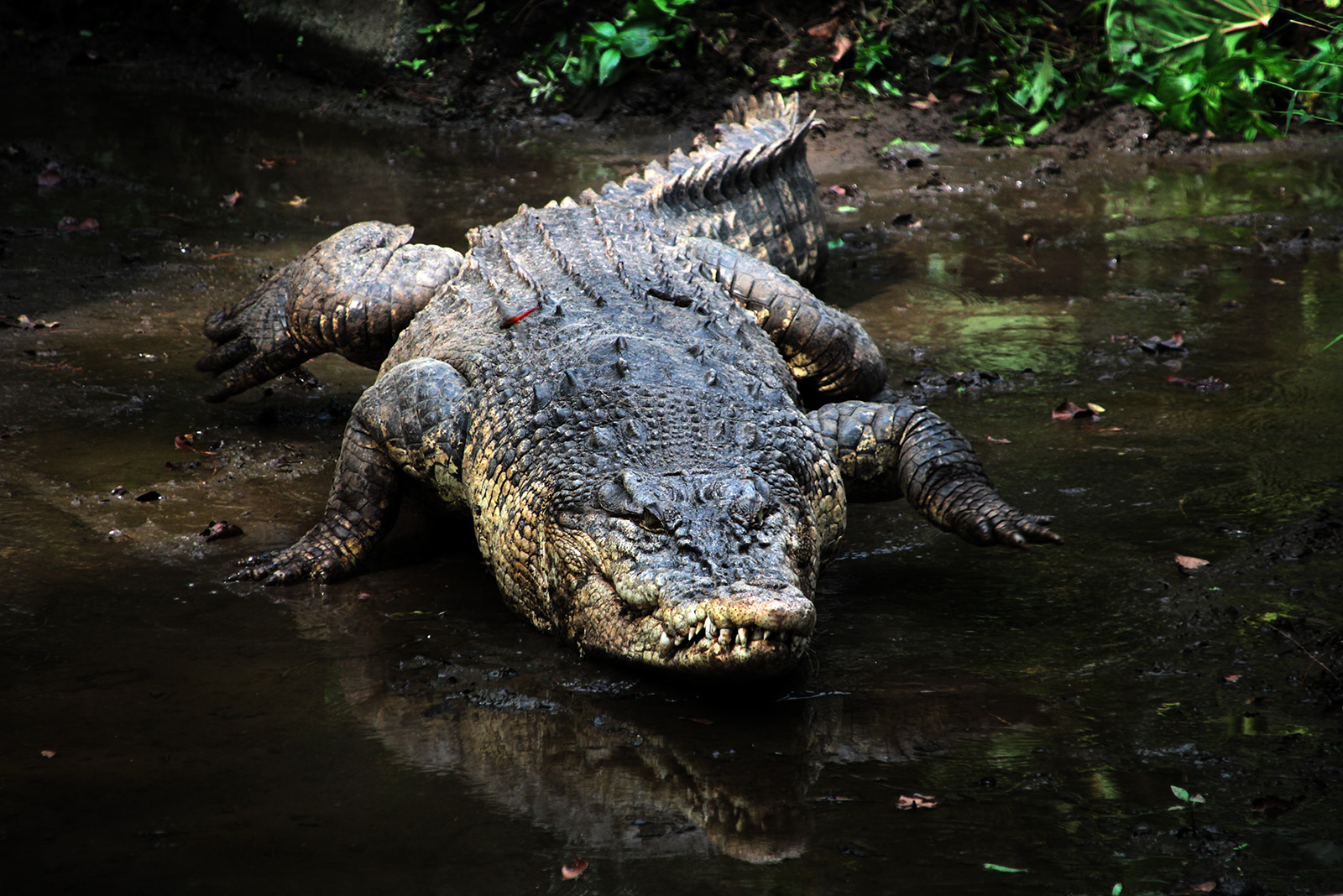
Forget Jurassic World. You can find living dinos today in the form of crocodiles! The armored scales and bite force are as strong as a Hulk smash. But this version of crocos has been around for 200 million years!
While dinosaurs were stomping around, croco-ancestors lurked in the swamps. Some prehistoric crocos grew to be at least 40 feet long. Basically, a bus with teeth. Can you imagine that?
What’s insane is that crocodiles haven’t changed much since their ancestors. When you’re this efficient predator, why mess with perfection?
6. Coelacanth
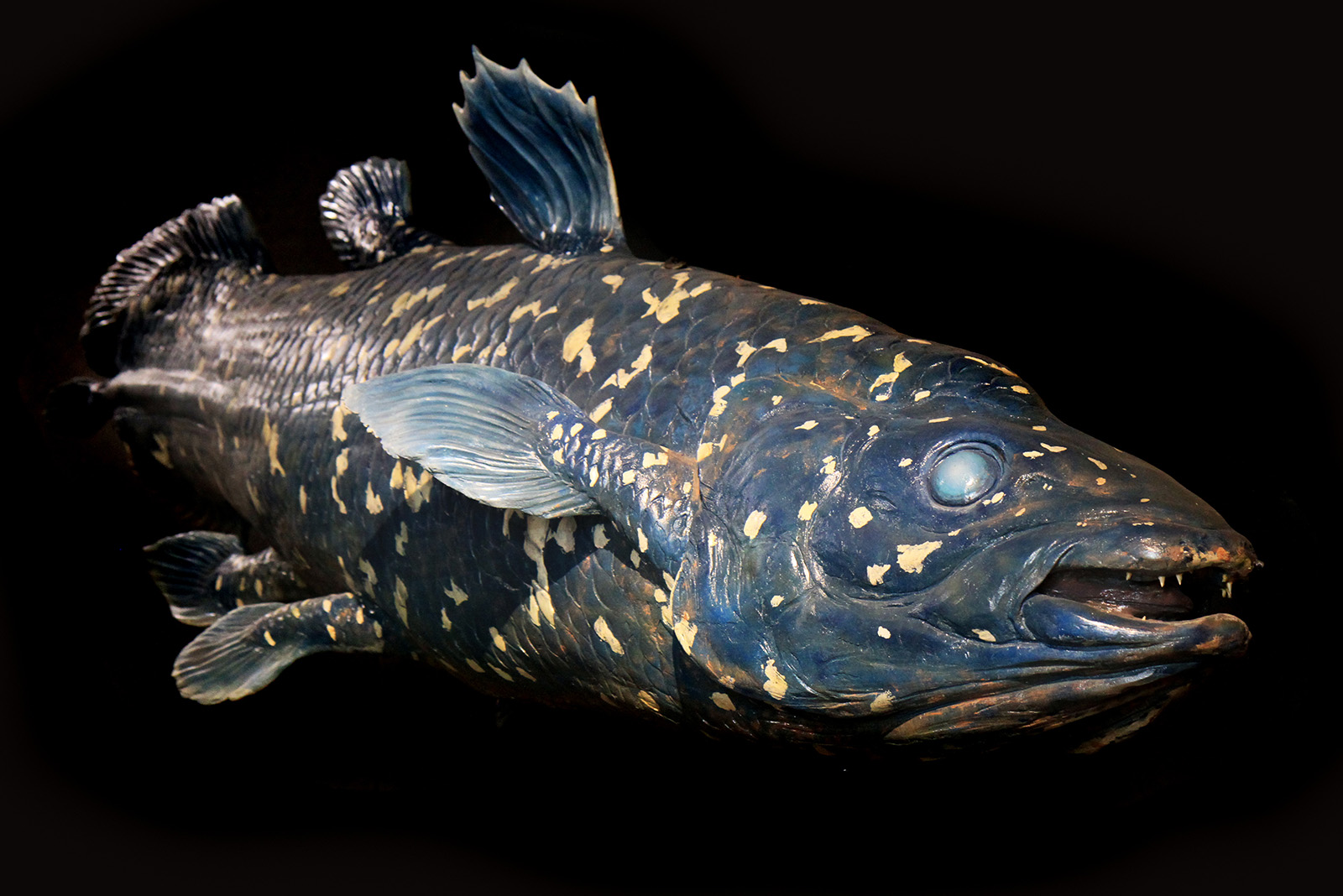
If dinos had a weird cousin who everyone thought was long gone, but then suddenly showed up alive and well at the family reunion – that is what this deep-sea fish is.
Scientists kind of believed this fishy went extinct about 66 million years ago. But then…shock! Surprise! It was rediscovered in the late 30s! Somehow, this fish managed to dodge extinction like Neo dodged the bullets in The Matrix!
They belong to a particular fish lineage that gave rise to the first land vertebrates. Yep! Coelacanths are distant relatives of you!
7. Tuatara
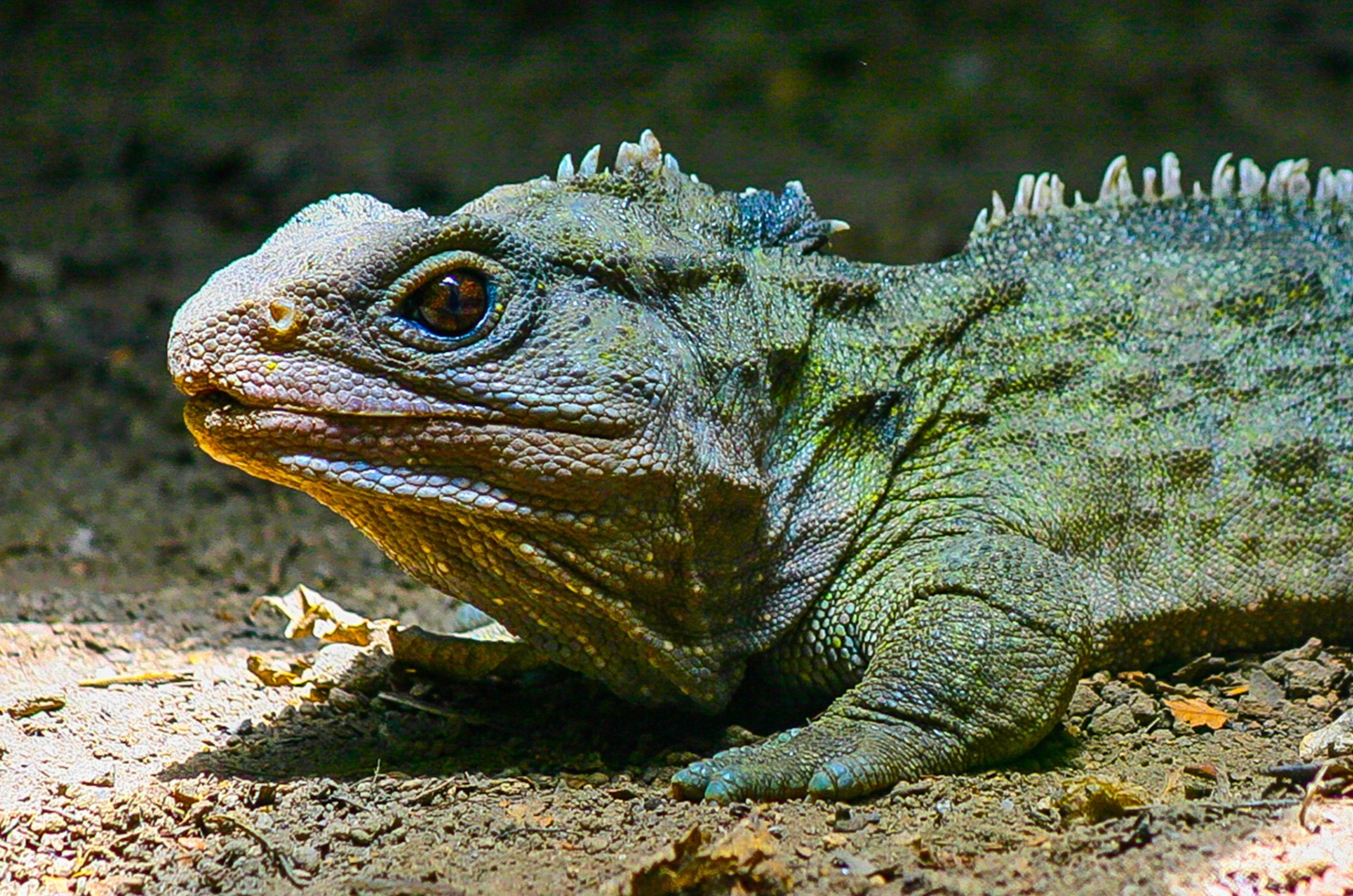
Credit: Shutterstock
The tuatara is a unique reptile that has walked the Earth since the time of the dinosaurs, with a lineage stretching back over 200 million years.
Native to New Zealand, tuataras belong to the ancient order Rhynchocephalia, which once included numerous species but now survives solely through them. Their survival through massive extinction events is a testament to their adaptability and resilience.
Unlike modern lizards, tuataras possess a “third eye” on the top of their head, thought to help regulate circadian rhythms and detect light. These “living fossils” are an evolutionary treasure, showcasing characteristics that have remained relatively unchanged since the Mesozoic Era, when they coexisted with dinosaurs.
8. Platypus
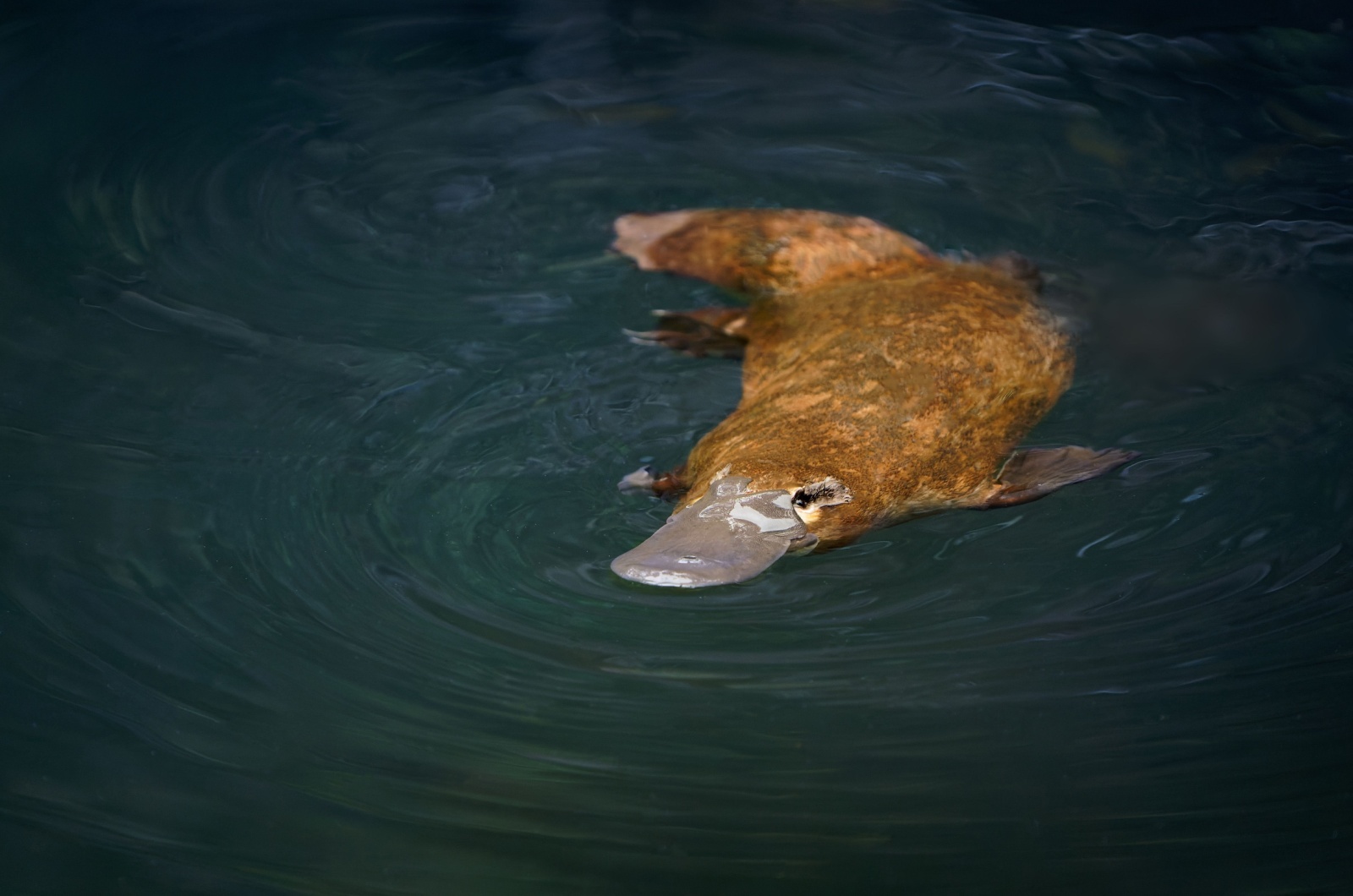
Credit: Shutterstock
The platypus, an extraordinary monotreme from Australia, has a lineage tracing back over 120 million years, making it a contemporary of dinosaurs. With its unusual combination of mammalian and reptilian traits, the platypus lays eggs, a feature that harks back to its ancient ancestry.
Fossil evidence reveals that early platypus-like creatures coexisted with dinosaurs, thriving in freshwater habitats. Their unique features, such as a bill equipped with electroreceptors to detect prey and webbed feet for swimming, have ensured their survival through millennia.
Despite their ancient origins, platypuses remain well-adapted to their environment, highlighting their evolutionary success. This fascinating animal offers a living glimpse into Earth’s distant past.
9. Narwhal
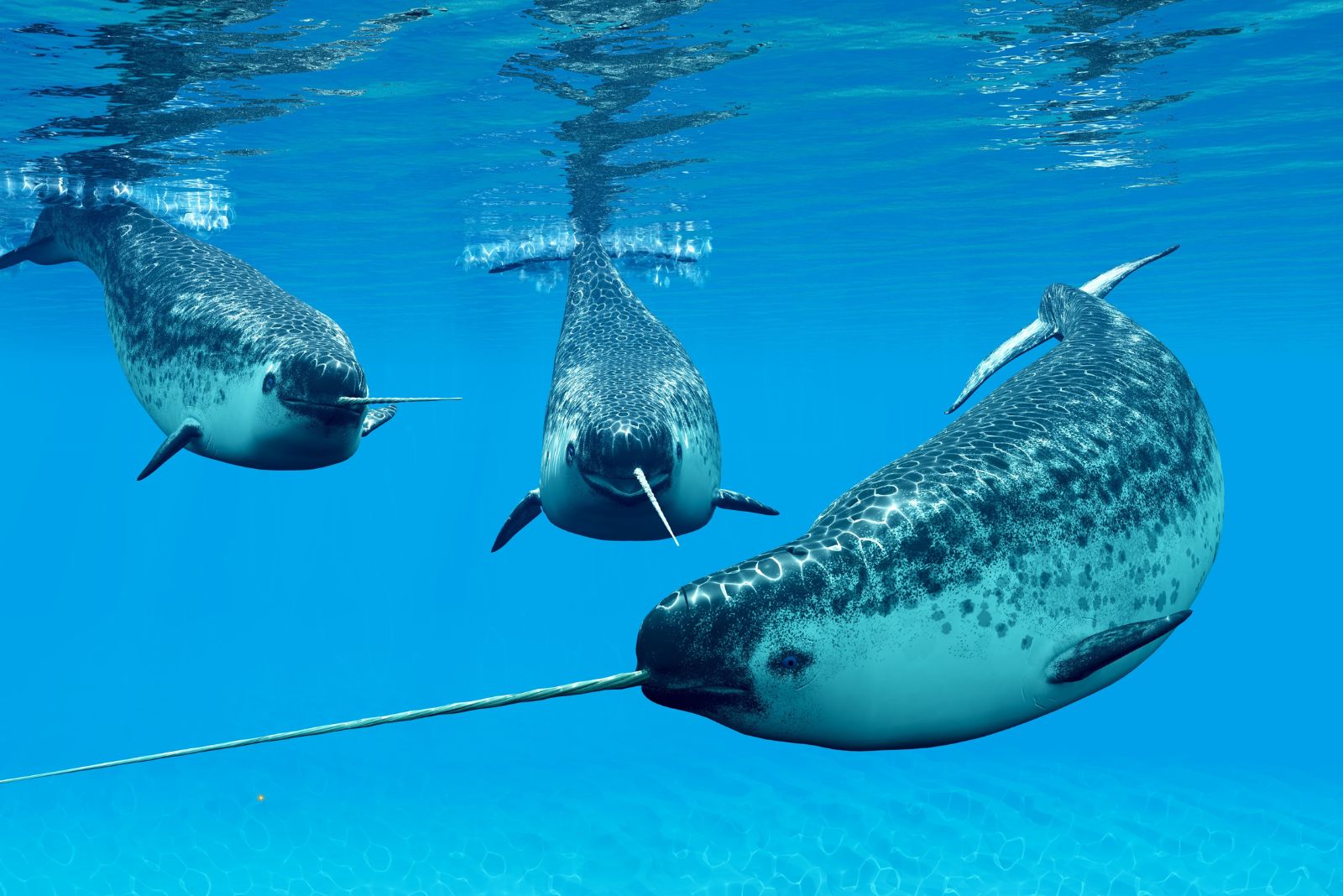
The Narwhal, often called the “unicorn of the sea,” has been gliding through the Arctic waters for around 500,000 years. While not as ancient as some others on this list, its unique tusk—a long, spiral tooth—has made it an iconic species.
Narwhals have adapted to the harsh Arctic environment, with their thick blubber and specialized sonar to navigate icy waters. Despite changes in climate, they have managed to thrive in some of the most extreme environments on Earth.
10. Bison
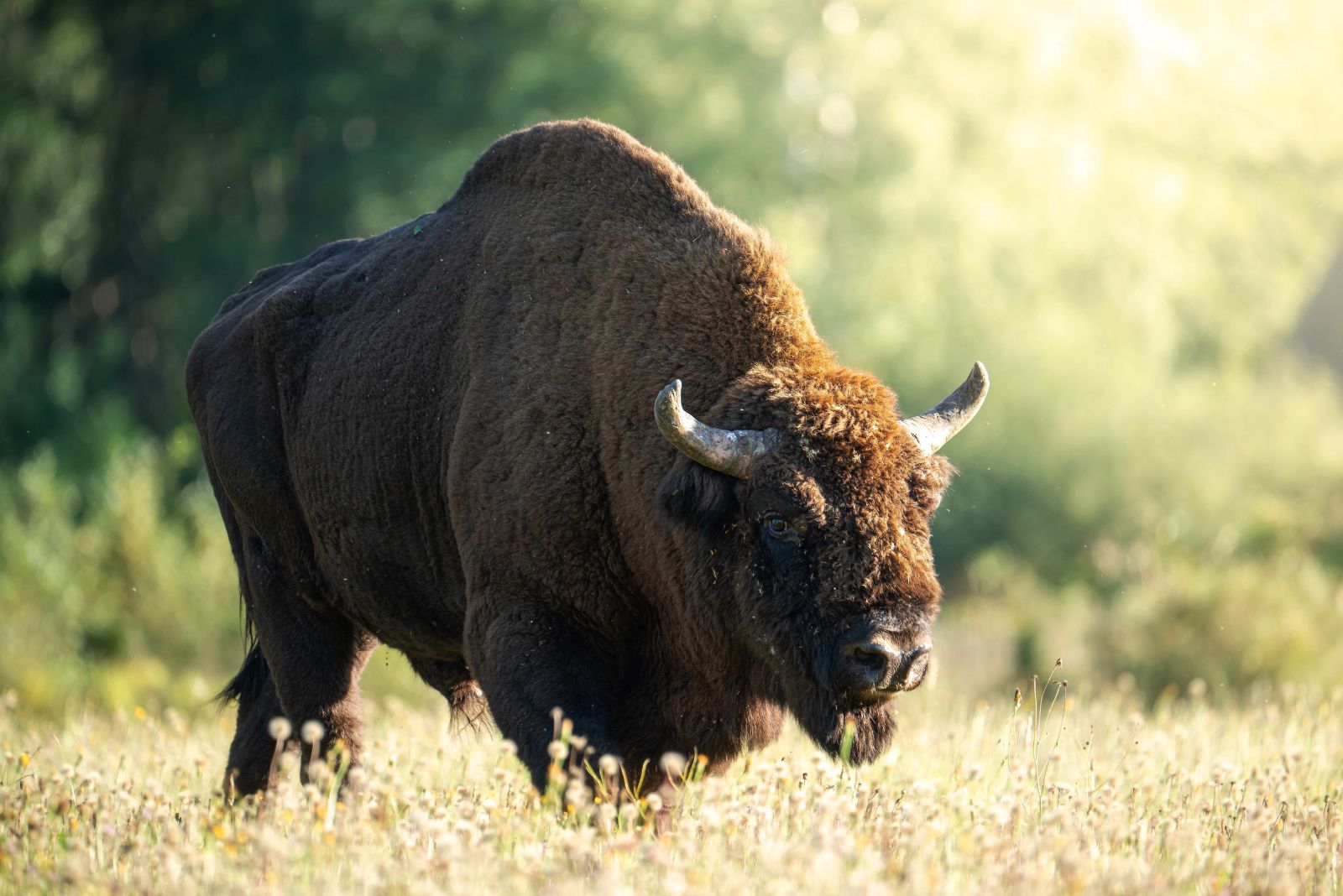
Bison have roamed the North American plains for over 2 million years, which certainly feels “old as dinosaurs”. Once widespread across the continent, they have survived dramatic changes, including near extinction in the 19th century due to overhunting.
Today, wild bison populations are recovering. Their powerful build and resilience have helped them survive multiple ice ages and environmental shifts. They remain an important symbol of the American wilderness, carrying the history of the land from the time of the dinosaurs.
11. Ammonite
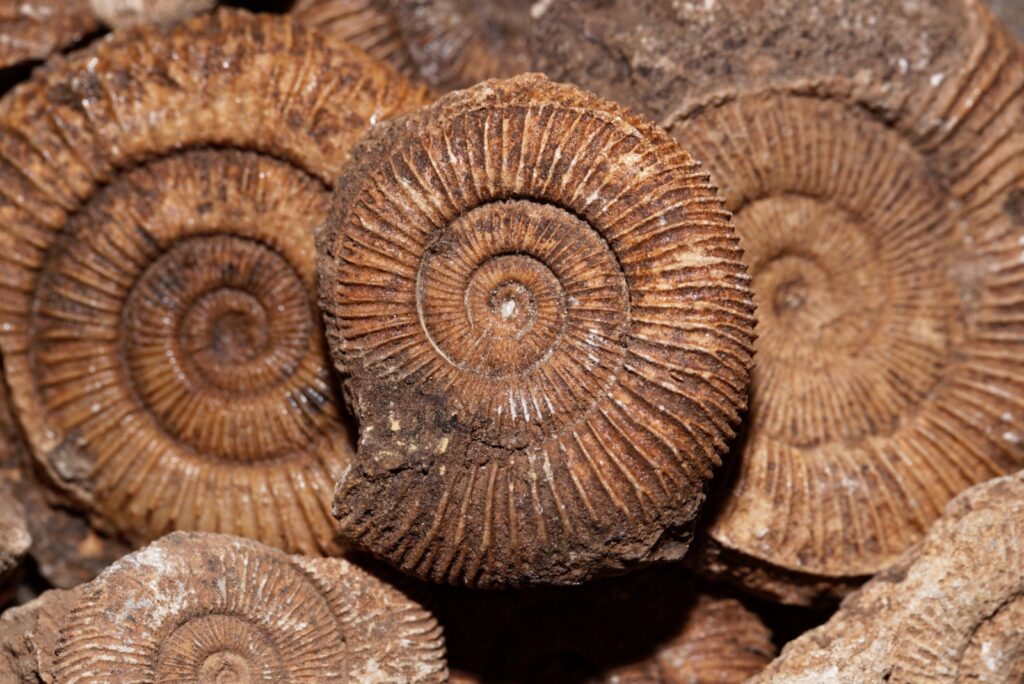
Credit: Shutterstock
These spiral-shelled sea creatures may be extinct now, but their relatives still swim among us. Ammonites thrived for over 300 million years, surviving multiple mass extinctions before disappearing with the dinosaurs.
Their closest modern cousins are squid, octopuses, and cuttlefish – making them part of a legendary cephalopod family. Fossils of ammonites are found all over the world, often beautifully preserved in rock with intricate shell patterns. Though they’re gone, they left behind a fossil record that proves they once ruled the ancient seas.
12. Salamander
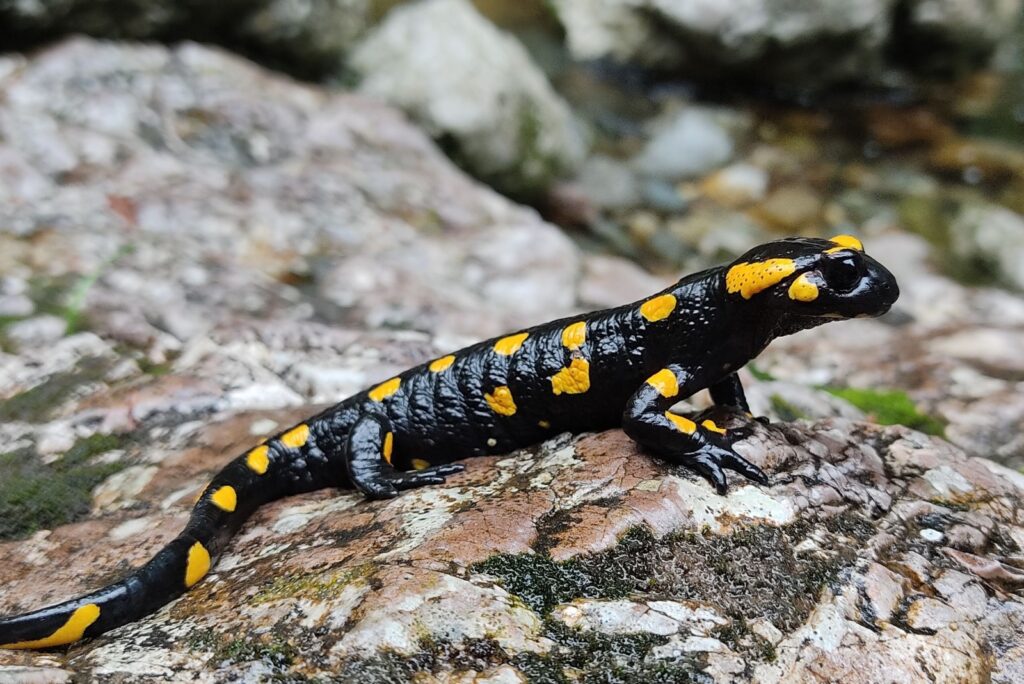
Credit: Shutterstock
Believe it or not, some salamanders belong to ancient lineages that go back more than 160 million years! These little amphibians have outlived mass extinctions, continental drift, and whatever weird stuff was happening before trees took over the planet.
While some species have changed over time, others remain almost identical to their prehistoric ancestors. Their ability to regenerate limbs gives them a superpower dinosaurs could only dream of. Small, slimy, and stubbornly ancient – salamanders are nature’s low-key survival champs.

